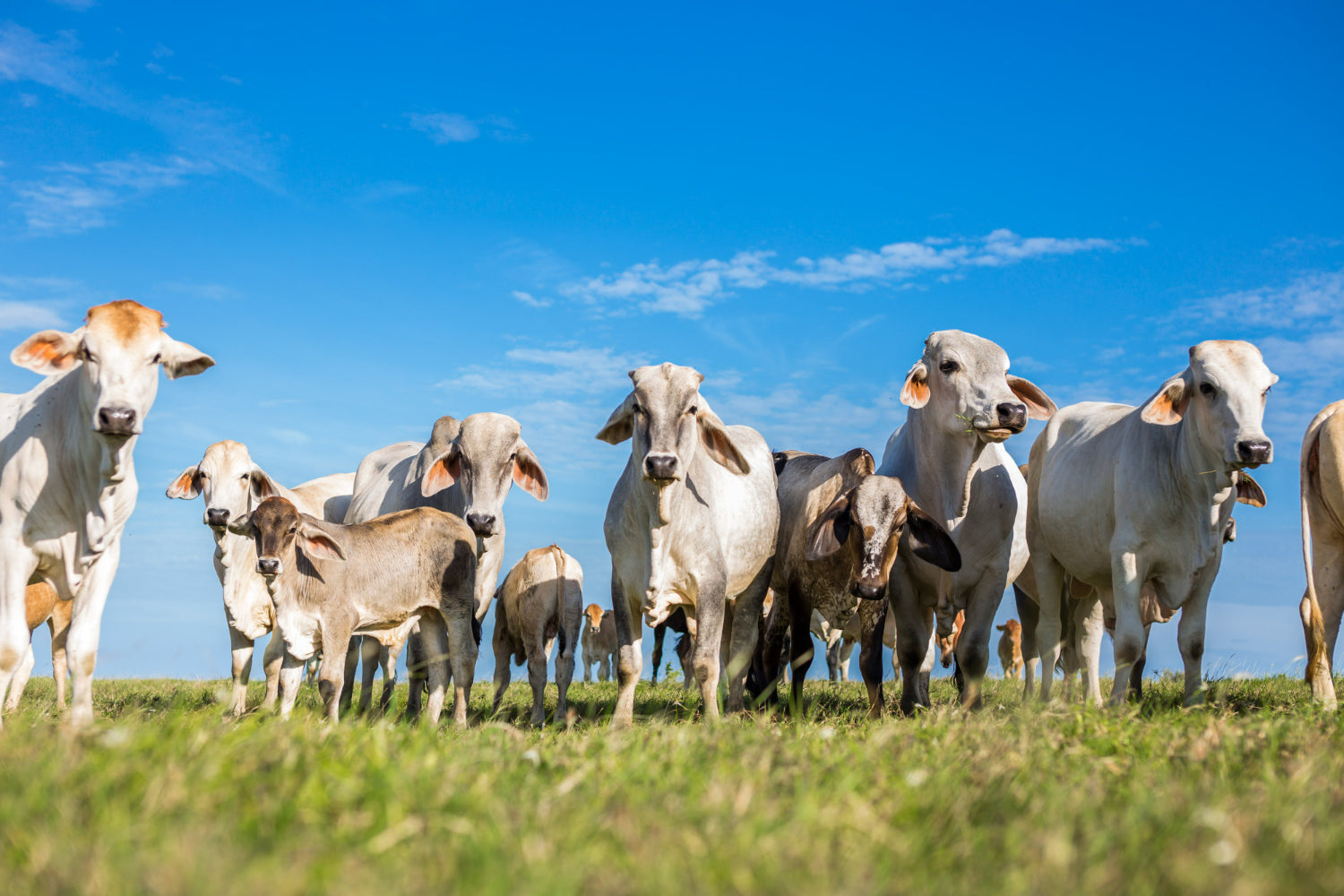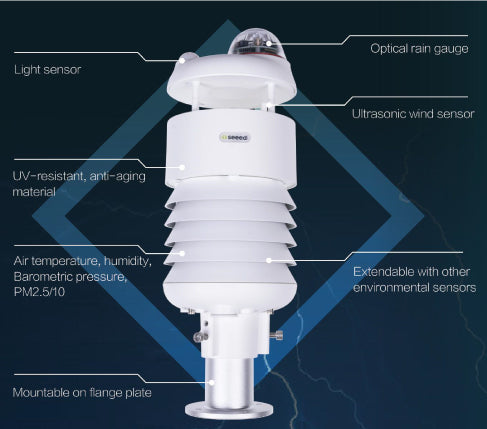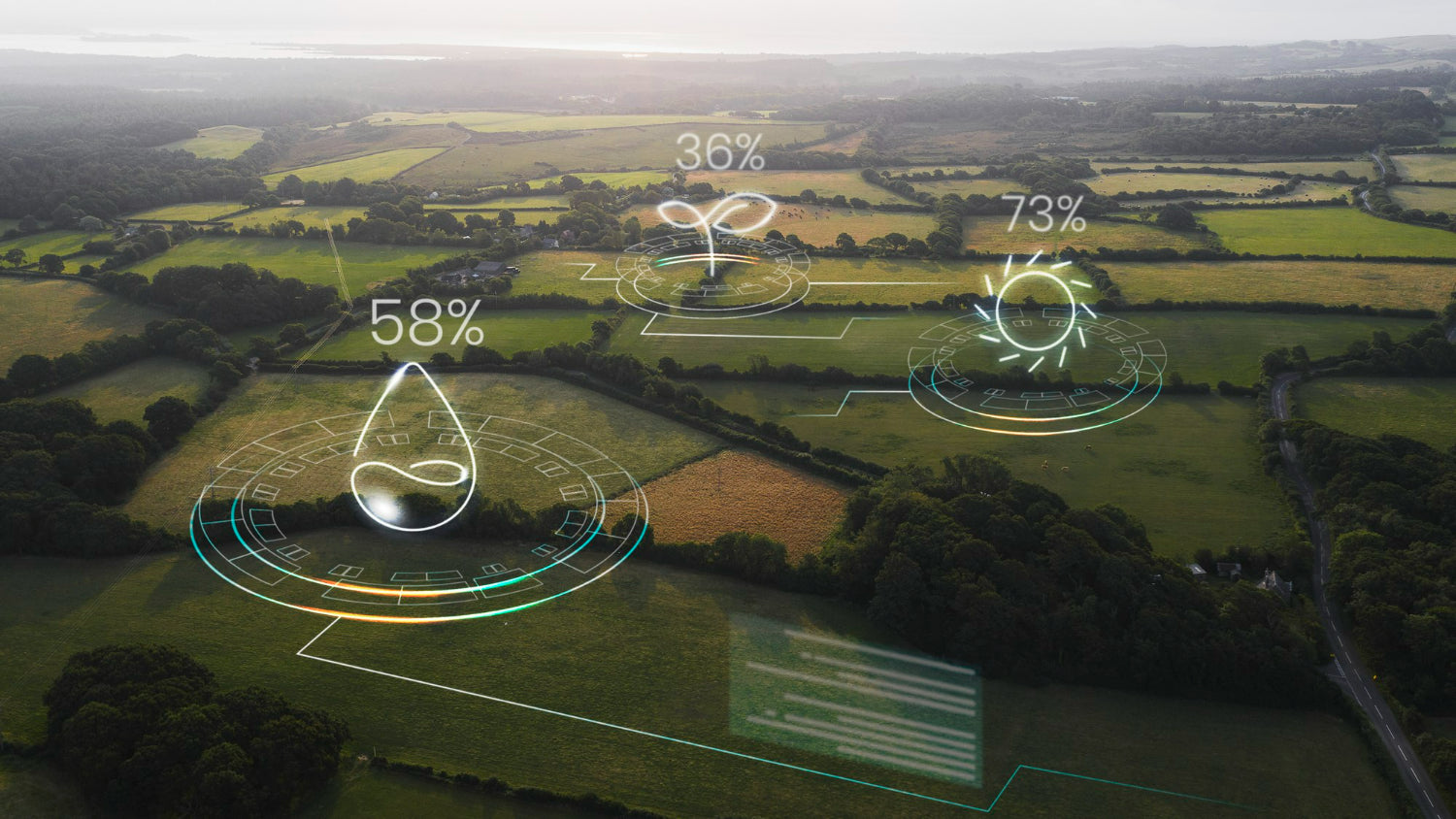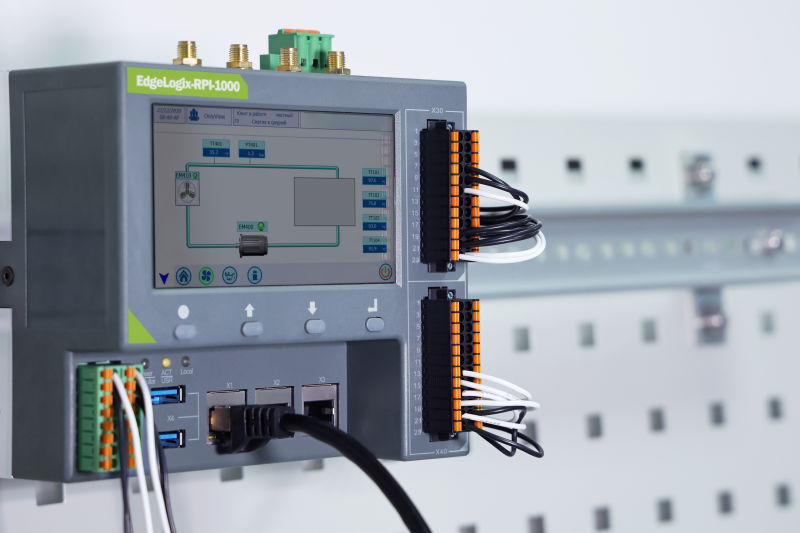Data relating to regional and microclimates can be invaluable to farmers seeking to model new weather patterns as a result of ever-present climate change. With this information in hand, the agricultural sector can adapt and change to new techniques, crop and even livestock types, as well as when to shear, where to graze etc.
Knowing the air temperature, windspeed, direction, the dry bulb temperature, changes in the atmospheric pressure, the rate at which the sunlight spreads over crops, humidity, rainfall activity like when the rain started and ended how much it rained, the level of rainfall and air quality and weather in general is critical.

According to agricultural monitoring expert, Peter van Zyl of EUCA Technologies, a leading supplier of sensors and control equipment for farms, says its latest internet of Things (IoT) weather station is a compact and durable device with laboratory-like accuracy. Manufactured by Seeed studio, the S1000 unit has no moving parts and is a ten in one device that measures rainfall, wind speed, wind direction, air temperature, relative humidity, barometric pressures, light intensity, CO2, PM2.5 and PM10 all in one easy user-friendly installation.

“Whether monitoring the air for harmful components, light intensity for crops, rainfall intensity, humidity analysis for store rooms and wind conditions and more, this device provides farmers with the data they need to plot, monitor and make sense of changing patterns. It is pre calibrated and after installation it is virtually maintenance-free through its use of ultrasonic sensors reducing moveable parts.

“An exciting feature of the S1000 is the ability to monitor carbon emissions which are increasingly important to improve air quality and slow climate change. The futuristic weather station with its durable components and sensors are made to withstand even the toughest outdoor environments. An embedded electronic compass magnetometer provides the option to orient the station as required,” says Peter. He adds that it includes radiation shields ensuring accurate ambient measurement.
He explains that the weather station connects to the internet via the RS 485 (MODBUS-RTU) communication protocol and can be used with any data logger that supports RS 485 (MODBUS-RTU). EUCA also offers the SenseCAP S2100 LoRaWAN Data Logger suitable for the weather sensor to enable farmers to access climatic information from a PC or mobile device anywhere in the world.
"Agriculture and weather go hand in hand, as climate changes so too do we have to adapt to new technologies like IoT."




